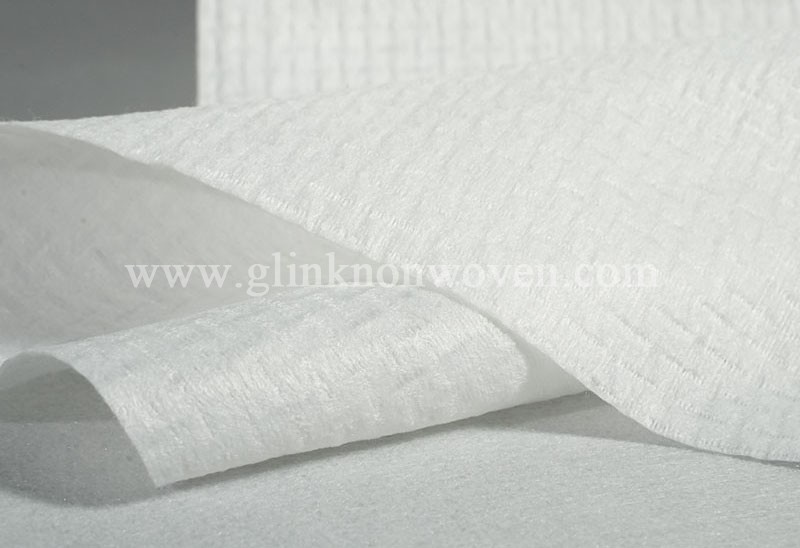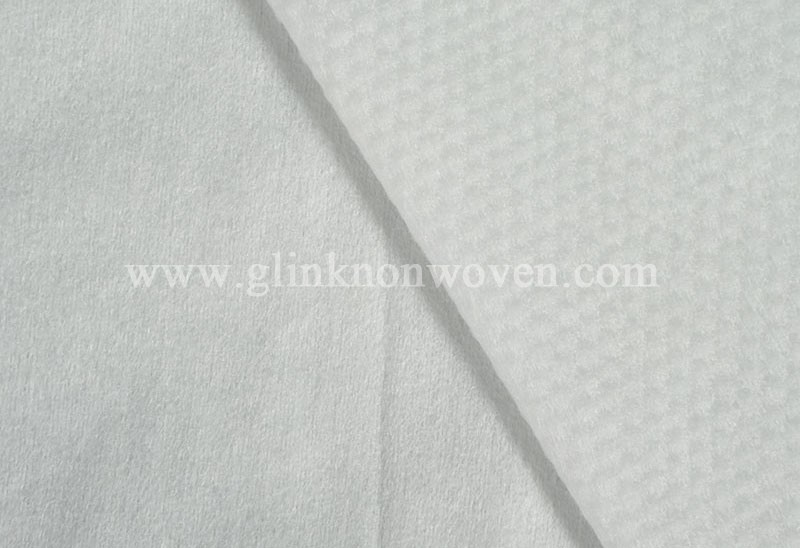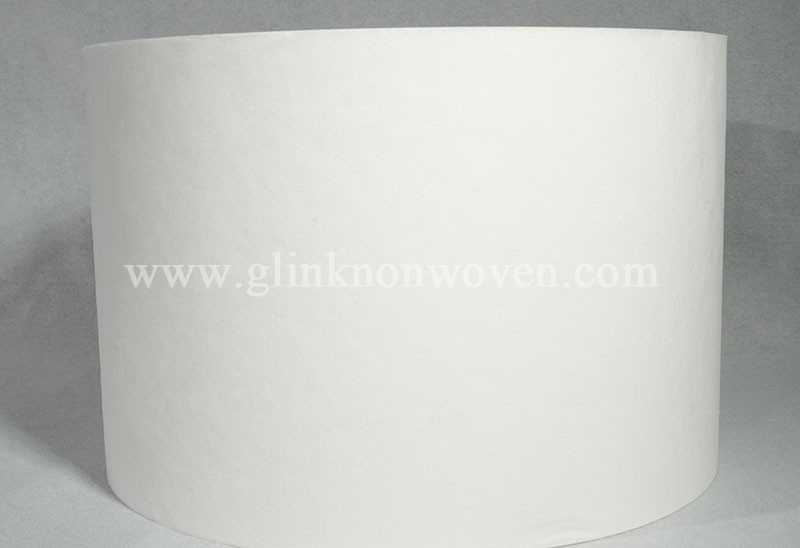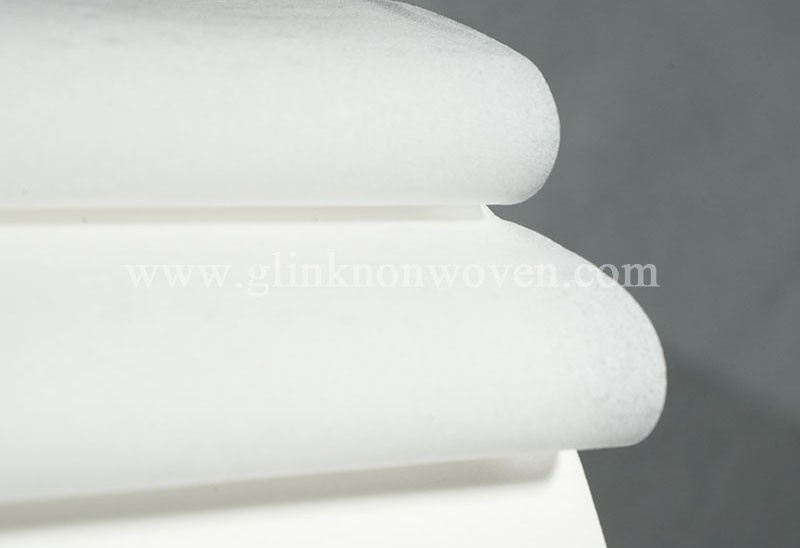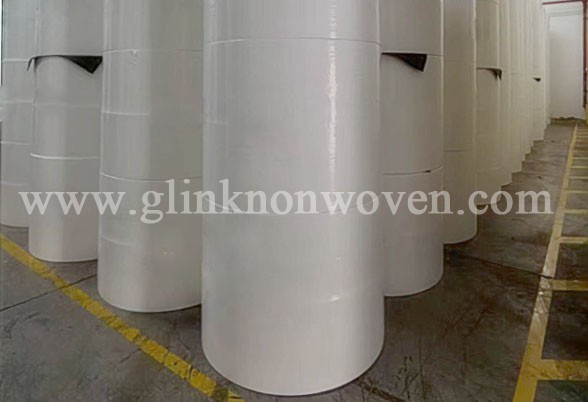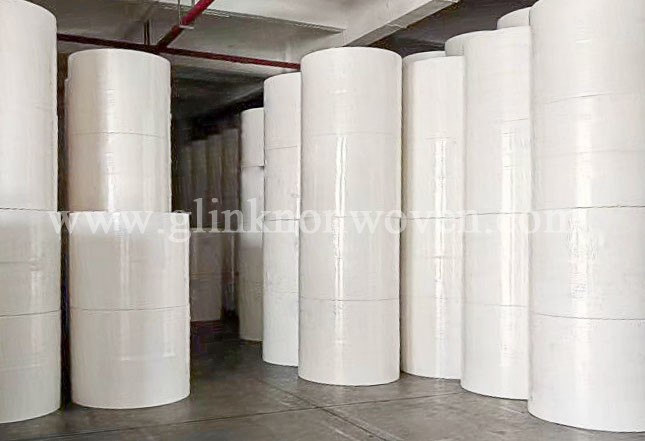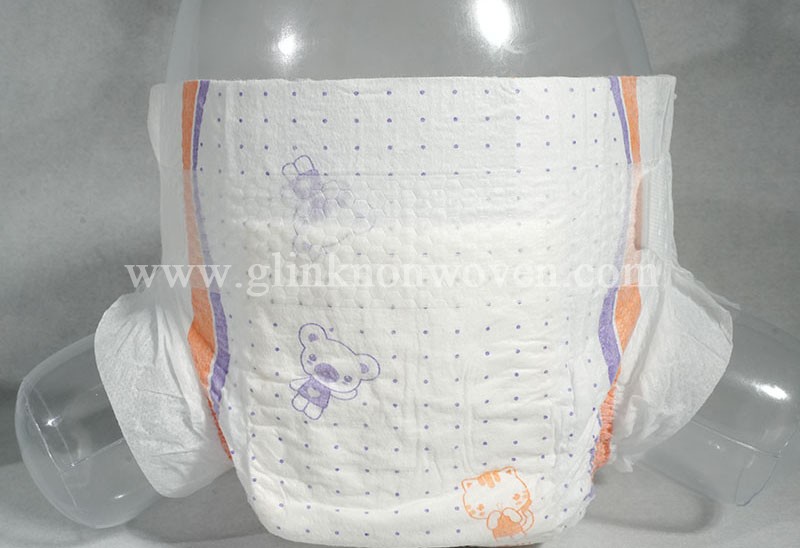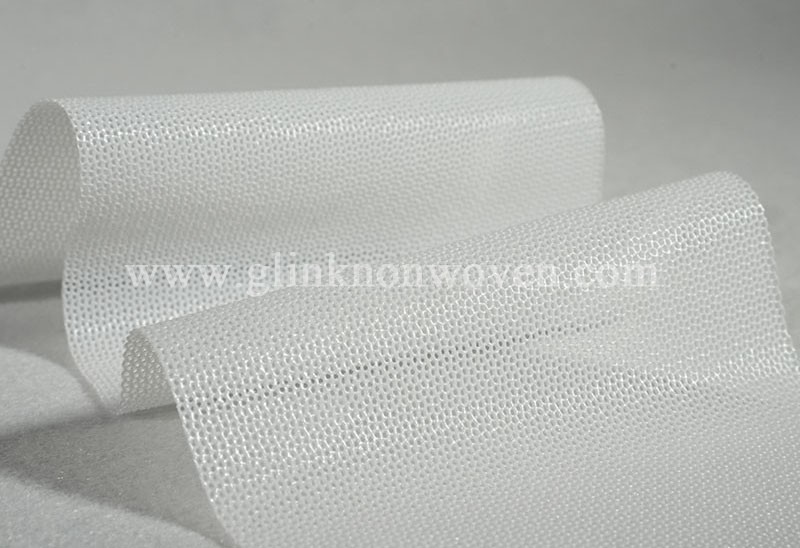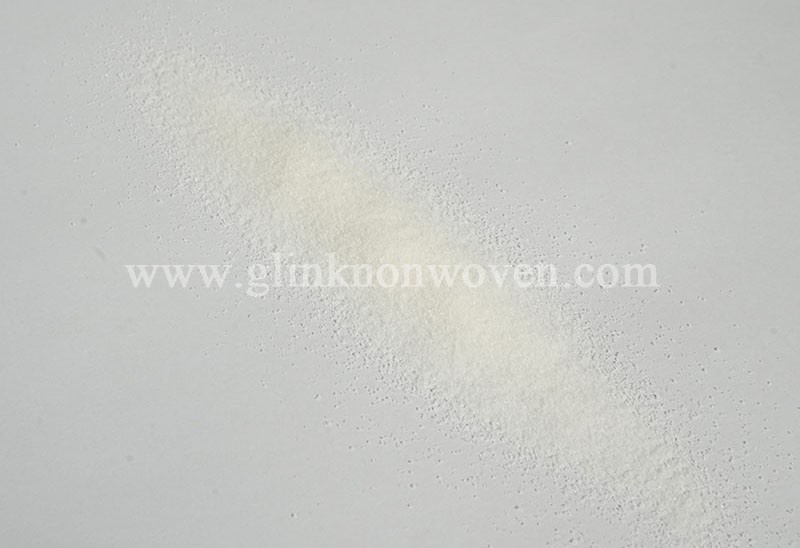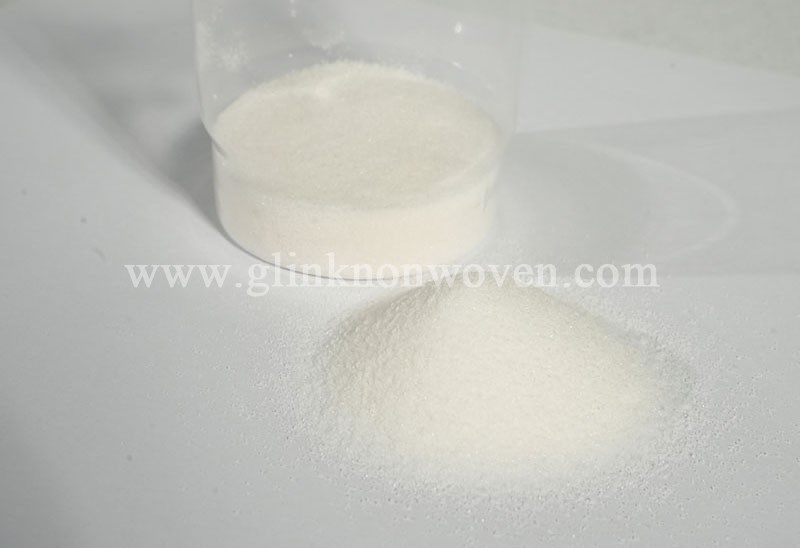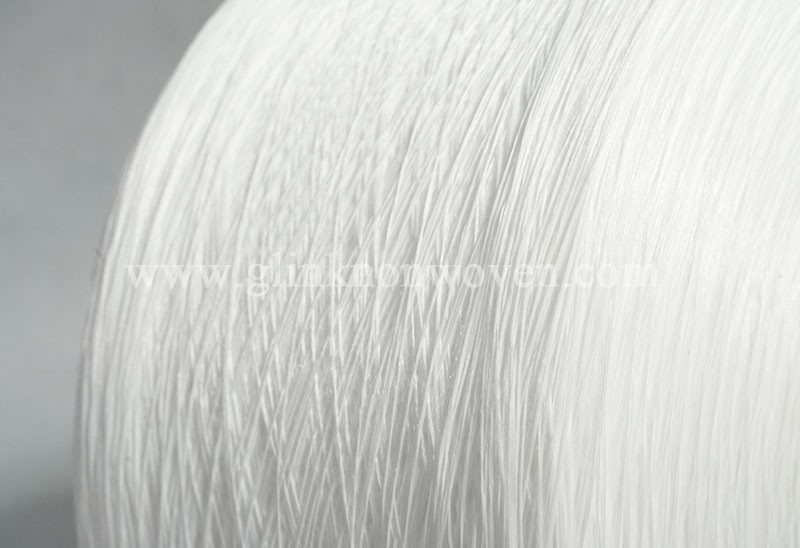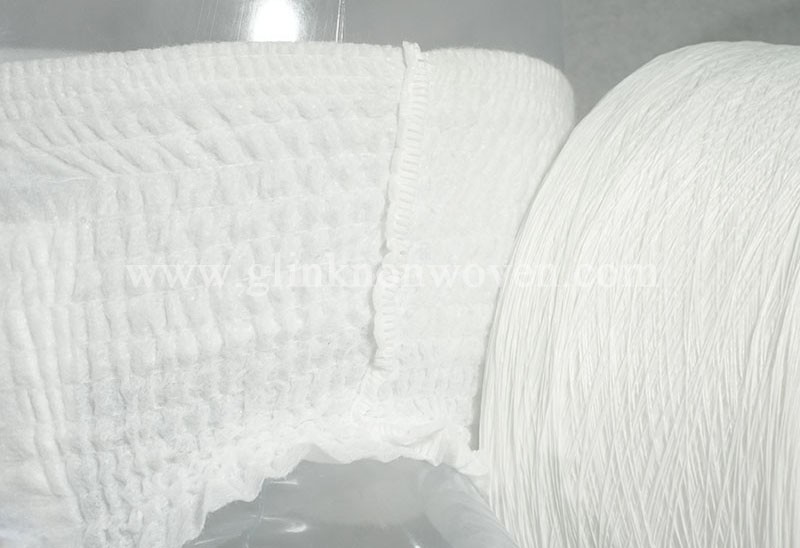The multiple functions of spandex used in diapers
Dec 30, 2024
Spandex, as an elastic material, is crucial in the application of baby diapers and other disposable sanitary products (including adult diapers, pull-up pants and safe pants). Its main functions are reflected in the following aspects:
First, Spandex used in baby diapers greatly improves the fit of diapers with its excellent stretch and recovery properties. It can ensure that the diaper tightly wraps the baby's legs, lower abdomen or the body curve of the adult user, effectively preventing urine and feces from overflowing, and providing all-round protection.
Second, Spandex gives diapers higher elasticity, making the product softer and more comfortable, adapting to different body shapes and movements, thereby improving the user experience.
Furthermore, Spandex also increases the softness of diapers, enhances the comfort and fit of the product, reduces friction and irritation to the skin, and protects the skin health of users.
In addition, the elastic application of Spandex in diapers, such as elastic waist, ear stickers and waist ring designs, significantly improves the leak-proof performance of diapers, effectively prevents liquid side leakage and back leakage, and keeps diapers dry and clean.
Finally, as consumers' demand for diaper elasticity continues to increase, the application scope of spandex has gradually expanded from basic leg circumferences and three-dimensional guards to more parts, meeting the diverse needs of different users for diaper fit, comfort and aesthetics.
In summary, spandex plays multiple roles in disposable sanitary products such as baby diapers and is a key factor in improving diaper quality and user experience.
Read More
